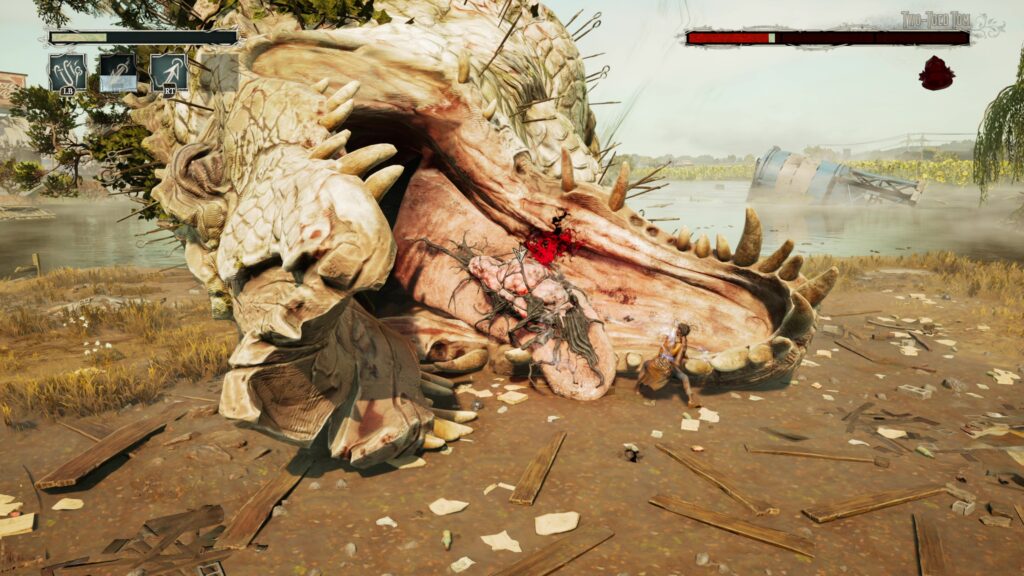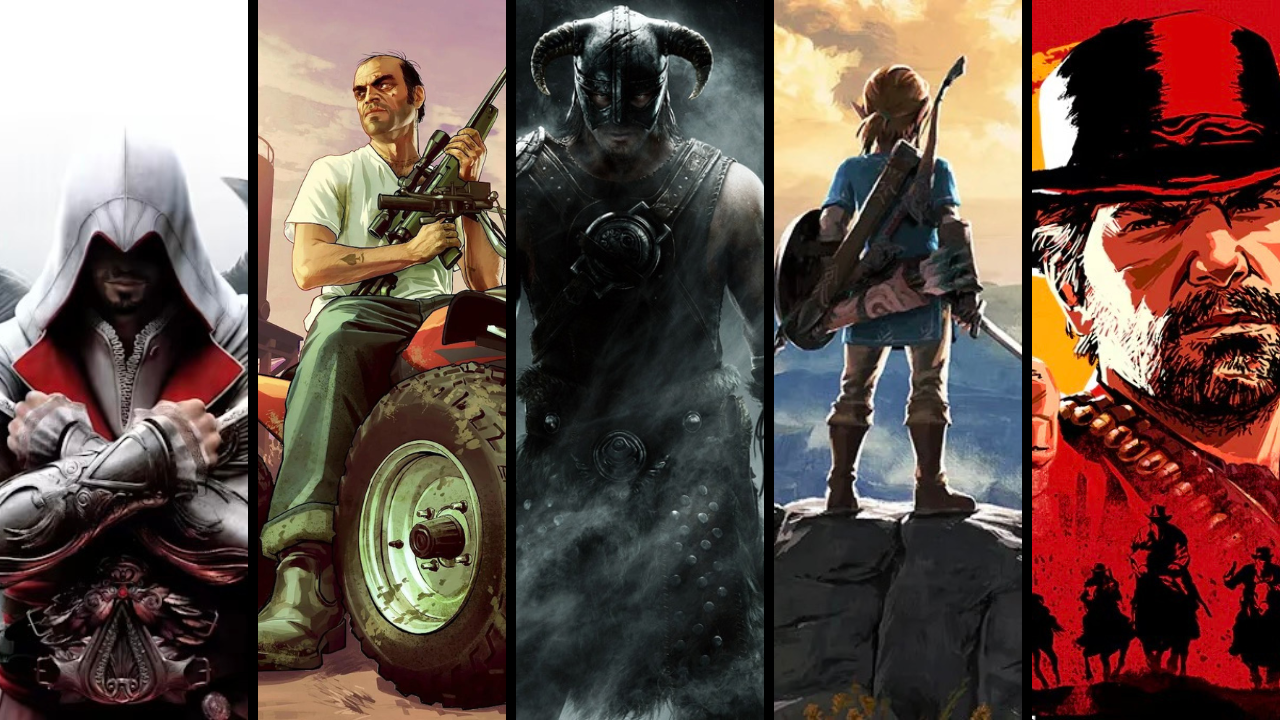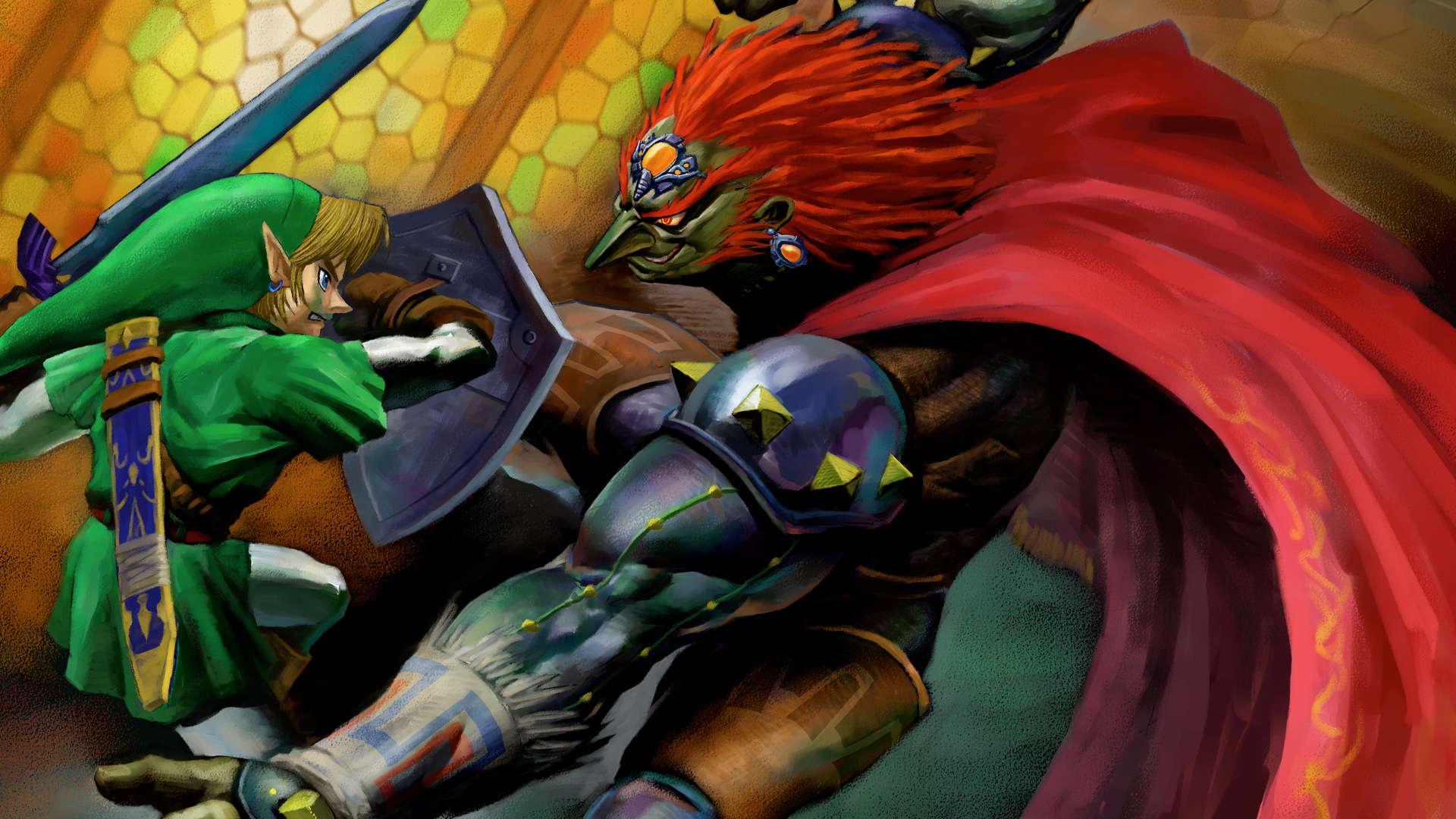In a gaming landscape dominated by fantasy kingdoms, cyberpunk cities, and post-apocalyptic wastelands, South of Midnight arrives like a warm, humid gust of wind—thick with story, soaked in soul, and carrying the scent of something old, powerful, and forgotten. Compulsion Games’ latest project may not be a mechanical revolution, but it’s a deeply atmospheric and emotionally resonant journey into the heart of the American Deep South that dares to say something different, and for that, it’s unforgettable.
At its core, South of Midnight is a 3D action-platformer, but to call it just that would be selling it short. This is a game built on folklore, trauma, and legacy, stitched together with magical realism and soaked in Southern Gothic vibes. You play as Hazel, a teenage track star from the fictional town of Prospero. When a hurricane tears through her home and sweeps her mother away, Hazel sets out to save her—but soon discovers she’s not just a survivor; she’s a “weaver,” born with the power to manipulate the very strands that bind reality.
These aren’t just flashy magical powers—Hazel’s ability allows her to see the emotional wounds of the world, many of which have festered into monsters called Haints. The real genius of South of Midnightlies in how it translates the intangible—grief, rage, trauma—into literal obstacles. Hazel’s journey isn’t just about rescuing her mother, it’s about confronting the weight of generational pain and coming to understand the strength it takes to carry, or sometimes, let go of that burden.
And it’s all told through an environment that is rich with specificity and reverence. From moss-draped swamps to decaying plantation houses, every corner of Prospero feels like it was built with love and meticulous care. This is a version of the American Deep South that rarely makes its way into games—a place where culture, myth, and struggle are deeply intertwined. Whether or not you grew up with stories of rougarous and Huggin’ Molly, the game’s lore hits like truth. It doesn’t feel like an outsider’s take; it feels like homage.

Hazel herself is a triumph. She’s flawed, fierce, sarcastic, and, most importantly, real. Her arc—from desperate daughter to empowered protector—is both grounded and mythic. The game even uses her fashion to signal her growth, each new outfit a symbolic marker of the person she’s becoming. It’s a subtle but powerful choice that deepens her journey in ways dialogue alone never could.
Visually, South of Midnight stuns. The game emulates the look of stop-motion animation, giving characters a tactile, handcrafted appearance that makes their exaggerated emotions and otherworldly movements feel eerily alive. The environments are lush, often beautiful, often unsettling. And then there’s the music—oh, the music. Each spirit Hazel encounters has its own evolving theme, with choral vocals and instrumentation that swell alongside the narrative, creating a rhythmic heartbeat that ties every memory and boss encounter into one cohesive sonic tapestry. The sound design doesn’t just support the game—it elevates it into a kind of musical folklore.

But for all its narrative brilliance, South of Midnight isn’t without flaws. The combat, while serviceable, doesn’t match the emotional depth or tone of the story it’s attached to. Early encounters feel jarringly disconnected from the contemplative pace of exploration. Enemies hit hard and fast, forcing players to rely on dodging and simple melee combos, and many of Hazel’s unlockable abilities feel underpowered unless upgraded significantly. The game’s lock-on system falters in large skirmishes, often making combat more frustrating than fun. It’s a shame, because the enemy design is top-notch; the gameplay systems just don’t do them justice.
Platforming fares better—Hazel’s moveset is agile and satisfying, and her weaver abilities give exploration a magical, fluid quality. Still, the game occasionally struggles with repetition. The structure—find a spirit, uncover their backstory, purify their pain—starts to feel predictable after a few chapters, even if the scenery and spirit designs continue to evolve. The repetition doesn’t derail the story, but it does dilute some of the emotional impact, especially when the gameplay loop begins to feel formulaic.
Despite these stumbles, South of Midnight never stops being compelling. Even when the mechanics wobble, the world pulls you in deeper. The cast of characters—many only on-screen briefly—leave lasting impressions through rich voice acting and expressive design. The writing isn’t afraid to touch on dark themes, including bigotry and abuse, but does so with empathy and narrative finesse. It’s a game that understands trauma not as a gimmick, but as something real and difficult, and it treats those stories with respect.

It’s rare to play a game where you come away humming the boss battle music, remembering the names of side characters, and genuinely caring about what comes next. South of Midnight is that kind of game. It doesn’t redefine the genre, but it reclaims a cultural space rarely explored in gaming and does so with haunting beauty.
For anyone who values storytelling, atmosphere, and character above all else, South of Midnight is not just worth your time—it’s essential. It may not have the tightest combat or the most revolutionary puzzles, but what it does have is heart. Thick, soulful, Southern heart.
And that’s more than enough to make it special.




